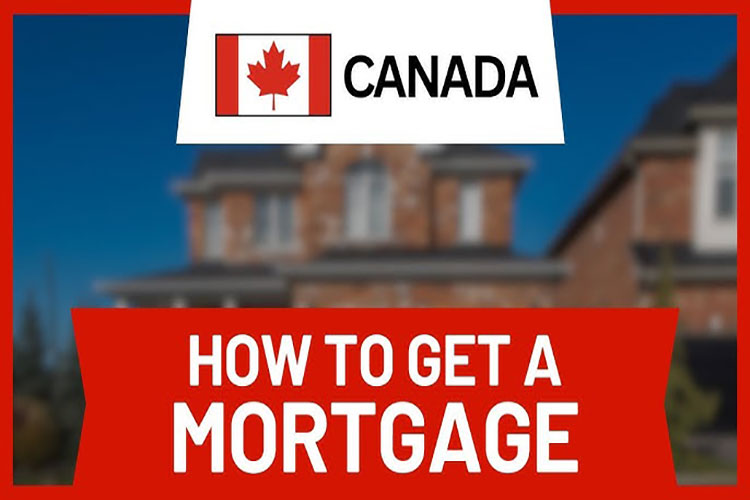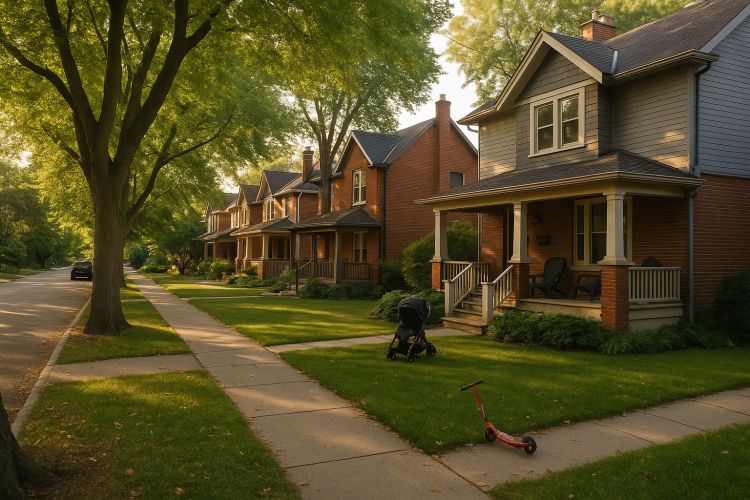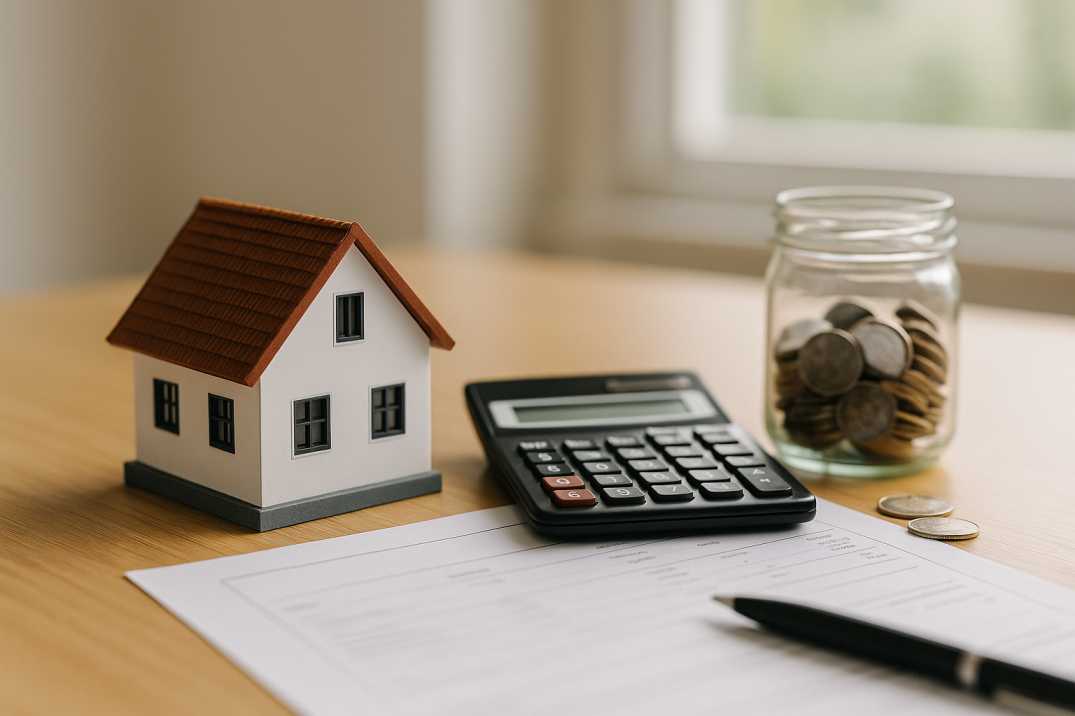Getting a mortgage in Canada follows a clear 7-step process that typically takes 4-6 weeks from pre-approval to closing. Whether you’re a first-time buyer, a newcomer to Canada, or have unique circumstances, understanding this roadmap helps you navigate the journey with confidence.
This guide breaks down exactly what you need to qualify and how the application process works and addresses special situations like bad credit, non-resident status, or low income.
TL;DR: Your Canadian Mortgage Roadmap
- Minimum credit score: 600-680 depending on lender (higher scores = better rates)
- Down payment: 5-20% based on purchase price; 20%+ avoids insurance fees
- Pre-approval protects your rate for 90-120 days (essential in competitive markets)
- Full process: 4-6 weeks from application to closing with proper preparation
- Non-residents can qualify with 35%+ down payment and additional documentation
What Do You Need to Qualify for a Mortgage in Canada?
Before you start house hunting, Canadian lenders evaluate four key areas to determine your mortgage eligibility. Understanding these requirements helps you prepare and potentially improve your qualifications before applying. Here’s what lenders look for when you apply for a mortgage in Canada.
Your credit score determines both eligibility and rate. Most Canadian lenders require a minimum credit score of 600-680, though some alternative lenders work with lower scores. Credit scores of 680+ typically access the best mortgage rates in Canada (often 1-2% lower than rates offered to borrowers with scores below 650). Even if your score is lower, you can still qualify through alternative lenders, though at higher rates. Understanding how mortgage rates in Canada connect to your credit profile helps you set realistic expectations. Check your free credit report from Equifax or TransUnion at least six months before applying.
Lenders want to see stable income and employment history. Typically, they look for 2+ years in your field, though recent graduates and newcomers to Canada can work with shorter histories. Self-employed borrowers need additional documentation (2 years of tax returns) but absolutely can qualify. If you’re new to the country, our guide on tips for new immigrants buying their first home in Canada covers additional considerations specific to your situation.
| Purchase Price | Minimum Down Payment | Example |
| Up to $500K | 5% of purchase price | $25,000 on $500K |
| $500K – $999,999 | 5% on first $500K + 10% on remainder | $45,000 on $700K |
| $1M – $1.5M | Graduated up to 20% | Varies by price |
| $1.5M and above | 20% of purchase price | $300,000 on $1.5M |
Note: Down payments under 20% require CMHC mortgage insurance¹, adding 0.6-4% of your mortgage amount. A 20%+ down payment eliminates this cost, potentially saving thousands.
Your down payment requirement depends on purchase price²: 5% minimum for homes under $500,000, scaling up to 20% for properties over $1 million. The December 2024 rule changes mean you can now purchase homes up to $1.5 million with less than 20% down (the previous limit was $1 million). This significantly helps buyers in expensive markets like Toronto and Vancouver.
Canadian lenders use two ratios: Gross Debt Service (GDS) under 39% and Total Debt Service (TDS) under 44%. GDS measures housing costs against income; TDS includes all debt. These ratios ensure your mortgage payments won’t overwhelm your budget.
Have recent pay stubs, tax returns, bank statements, and employment verification ready. Organization speeds your approval significantly.
How to Get a Mortgage in Canada: The 7-Step Process
Getting a mortgage in Canada follows a logical sequence most buyers complete in 4-8 weeks. Each step builds on the last, and understanding the full journey helps you avoid common pitfalls. Here’s exactly how to navigate from checking credit to getting your keys.

Step 1: Check Your Credit Score and Financial Health
Start here because credit impacts both eligibility and rates. Obtain your free credit report from Equifax or TransUnion to check for errors (even small mistakes can affect your score). Dispute any inaccuracies immediately, as corrections take 30-60 days. Ideally, check your credit 6+ months before house hunting to address issues. I’ve seen Toronto buyers save thousands by fixing a single reporting error before applying. If your score is below 680, use those months to pay down debt and improve your standing.
Step 2: Calculate Your Budget and Save Your Down Payment
Calculate what you can truly afford, not just your maximum approval. Lenders may approve you for more than you should borrow. Save your down payment using traditional savings, the Home Buyers’ Plan (withdraw up to $60,000 from your RRSP tax-free), or the First Home Savings Account (contribute up to $40,000 tax-free). In markets like Vaughan or Markham, where homes often exceed $1M, that 20% down payment becomes significant. Plan accordingly. First-time buyers can now access 30-year amortizations, reducing monthly payments and improving qualification odds. Ontario residents should explore first-time home buyer Ontario programs for additional rebates and benefits.
Step 3: Get Mortgage Pre-Approval
Pre-approval differs from pre-qualification: it’s a formal commitment from a lender after reviewing your finances. In competitive GTA markets, pre-approval is essential. Sellers favour buyers with secured financing. You’ll provide documents from Step 1, and the lender confirms your maximum mortgage amount. The rate hold protects you for 90-120 days: if rates rise, you keep the lower rate; if they drop, you get the better rate. Think of pre-approval as your financial passport. It tells sellers you’re a serious, qualified buyer ready to close.
Step 4: Find Your Property
With pre-approval secured, house hunt confidently within your approved amount. When making offers, include financing conditions protecting you if circumstances change. Stay within your pre-approved limit. Buying at the very top of your budget leaves no room for unexpected expenses. Work with a realtor familiar with your target neighbourhoods. Understanding the complete process of buying property in Canada helps you make informed decisions at every stage. Remember your pre-approval validity period: if house hunting takes longer than 90-120 days, refresh your pre-approval.
Step 5: Submit Your Complete Mortgage Application
After your offer is accepted, submit your full mortgage application. The underwriting process begins: lenders verify everything from pre-approval and may request additional documentation like property tax estimates or updated pay stubs. This verification is normal. Don’t panic if asked for more paperwork. Underwriting typically takes 2-3 weeks. Stay responsive to your lender’s requests to avoid delays. The lender also orders an appraisal to confirm the property’s value supports the loan amount. During this stage, avoid making large purchases or changing jobs.
Step 6: Complete Home Appraisal and Inspection
The bank requires an appraisal (protecting their investment), while your home inspection protects you. Budget $400-600 for a professional inspection. It can reveal issues costing thousands to fix. If the appraisal comes in lower than your purchase price, you’ll need to either negotiate with the seller, increase your down payment to cover the gap, or potentially walk away using your financing condition. In hot markets, appraisals occasionally lag behind sale prices. Know your options before waiving conditions.
Step 7: Finalize and Close Your Mortgage
Once you receive final approval, your lawyer handles the closing process. Budget for closing costs: 1.5-4% of the purchase price, including legal fees, land transfer tax, title insurance, and home insurance. Your lawyer ensures the title is clear, registers the mortgage, and transfers funds. Our [Complete Checklist for Buying Property in Canada] covers every closing detail to ensure nothing is missed. On closing day, you’ll sign final documents, receive your keys, and officially become a homeowner. After helping GTA families navigate this process for over 30 years, I can tell you keys day never gets old. It’s when dreams become addresses.
Conclusion
Getting a mortgage in Canada is more straightforward than many people fear, especially when you understand the step-by-step process and prepare accordingly. Whether you’re a first-time buyer or navigating the system as a newcomer to Canada, following these seven steps provides a clear roadmap from application to keys day.
After helping countless families secure mortgages across the Greater Toronto Area for over three decades, I can tell you that preparation makes all the difference. Understanding down payment requirements, credit expectations, and the approval process removes uncertainty and builds confidence.
Have questions about your specific situation? Every mortgage journey is unique, and understanding your options is the first step toward home ownership.
FAQ
Can a US citizen get a mortgage in Canada?
Can you get a 30-year mortgage in Canada?
What are the current mortgage rates in Canada?
Can a non-resident get a mortgage in Canada?
How can you get a mortgage with bad credit or low income in Canada?
References
¹ CMHC – Mortgage Loan Insurance Explained
https://www.cmhc-schl.gc.ca/observers/2025/cmhc-mortgage-loan-insurance-explained
² Government of Canada – Down Payment Requirements
https://www.canada.ca/en/financial-consumer-agency/services/mortgages/down-payment.html







